As a customer, you want instant answers to your burning questions. To find these answers, you may search countless web pages only to come up empty handed. You finally connect with a support agent to help you out. Your question or problem will determine what level you are in. Different questions get funneled to different IT support tiers, with tier 1 support being one of the most overloaded and overworked.
Majority of support questions fall on tier 1 teams. If your support team is bogged down with tickets and questions, you’re not alone – 4 out of 5 workers feel stressed everyday on the job, and letting tickets pile up is not the way to go. Let’s take a deep dive into tier 1 support and how it works:
What is tier 1 support?
Tier 1 support is the first line of defense for supporting a customer or a team member. Think of tier 1 support as the entryway of resolving an issue.
The process usually starts with collecting basic information and answering general questions. These are typically simple account questions or troubleshooting issues. Tier 1 support may be provided in house through customer support reps, IT support reps, or outsourced to an external contact center.
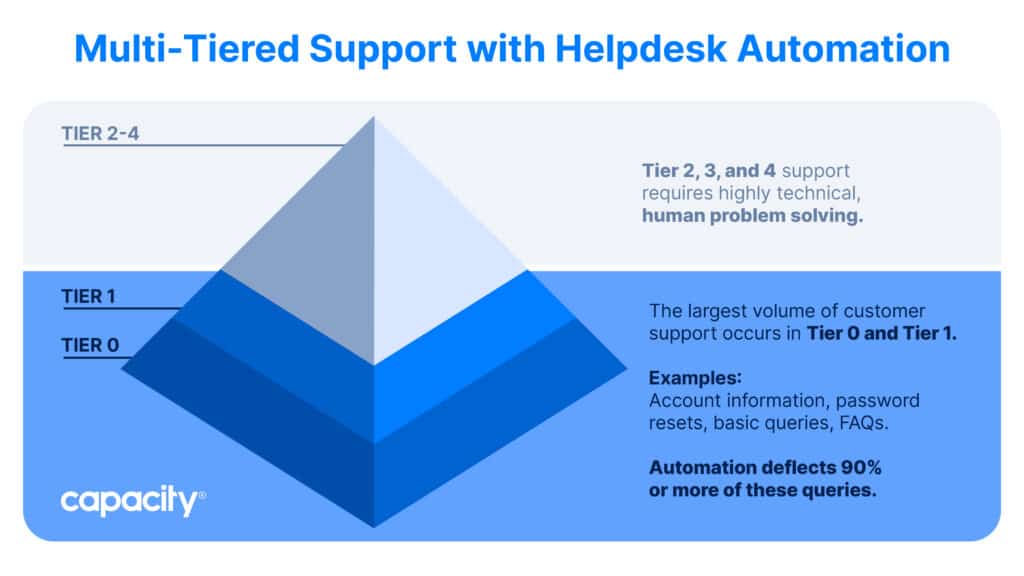
The difference between tier 1 vs tier 2 support
You may be wondering – Is there that much of a distinction between tier 1 and tier 2 support? The answer is yes!
Tier 1 support (also called level 1 support), can handle a significant number of team and customer issues. However, Tier 1 support specialists are typically more junior than the next layer of support and may not be able to answer more technical problems or complex issues.
That’s where Tier 2 support comes in. Tier 2 support is typically handled by more experienced team members who have a deeper understanding of the product or service offered. These agents help when more advanced problems come up. Tier 2 can escalate up to the highest level – often topping out at Tier 3 or Tier 4. The whole support structure is referred to as tiered technical support.
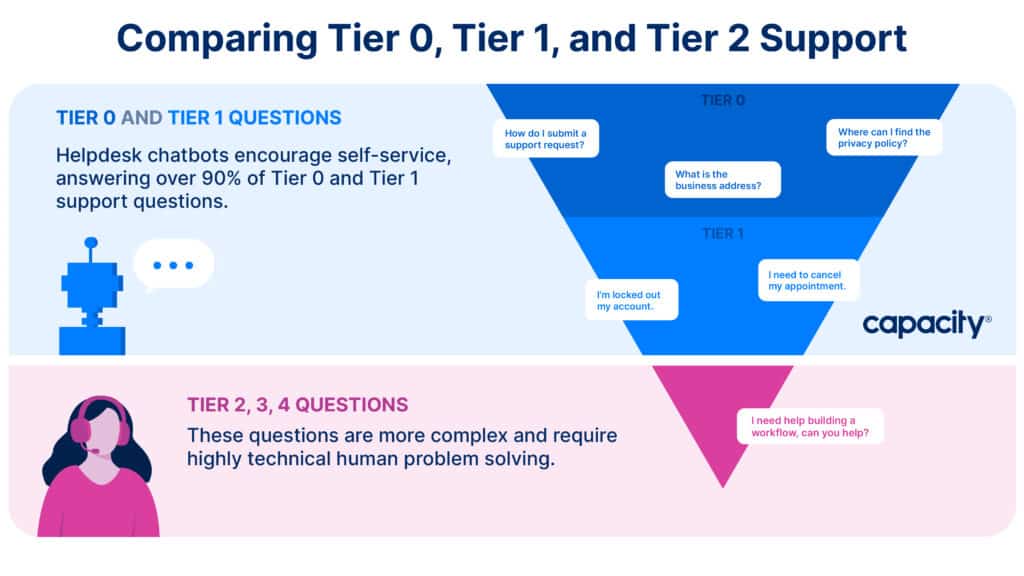
But what about tier 0 support?
Tier 0 support (also called level 0 support) is the self service interface for getting a problem resolved before talking with someone in the technical support team.
According to Gartner, customers who experience low-effort issue resolutions are 94% more likely to repurchase a product or service. Tier 0 support makes the process as painless as possible.
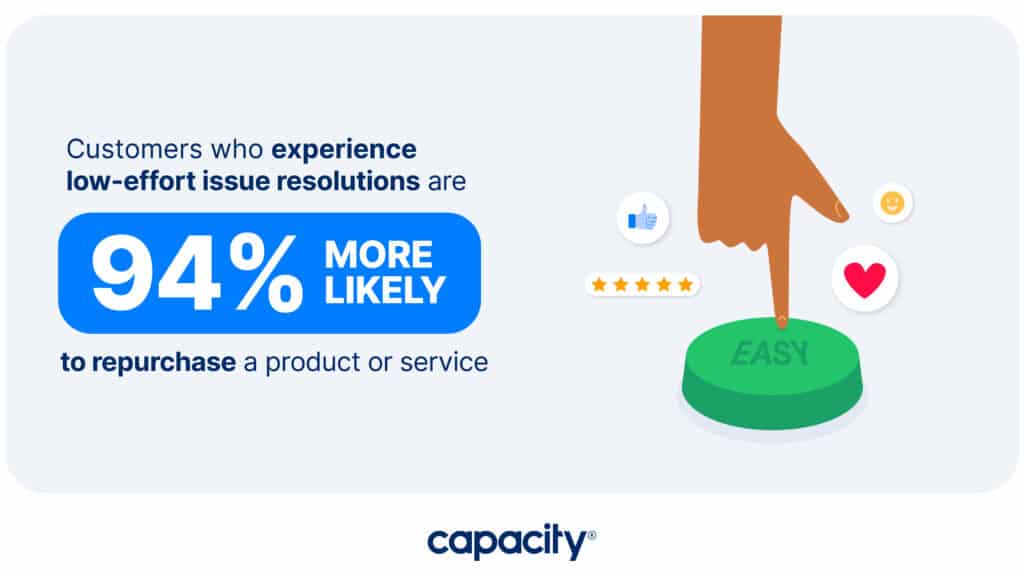
Tier 0 sits on the very bottom of the tiered technical support pyramid, filtering all questions and issues before they reach other tiers. Some examples of tier 0 support are:
- Where can I find the privacy policy?
- What is the business address?
- How do I submit a support request?
Tier 0 support platforms help keep support queues clean. The goal of any tier 0 support platform is to deflect as many of the tickets, emails and chats away from tier 1 as possible. Tier 0 steps in to resolve issues before they reach the next level.
With automation and machine learning technology, when an inquiry is submitted to tier 1 support, the response will – by default – get stored back in the Knowledge Base. This ensures the support agent never has to answer the same question twice. Once is definitely enough!
Tier 1 support examples
There’s a variety of processes, tasks, and requests that funnel into the tier 1 support bucket. These inquiries can come in many different forms. Let’s take a look at some scenarios where automating tier 1 support would come in hand:
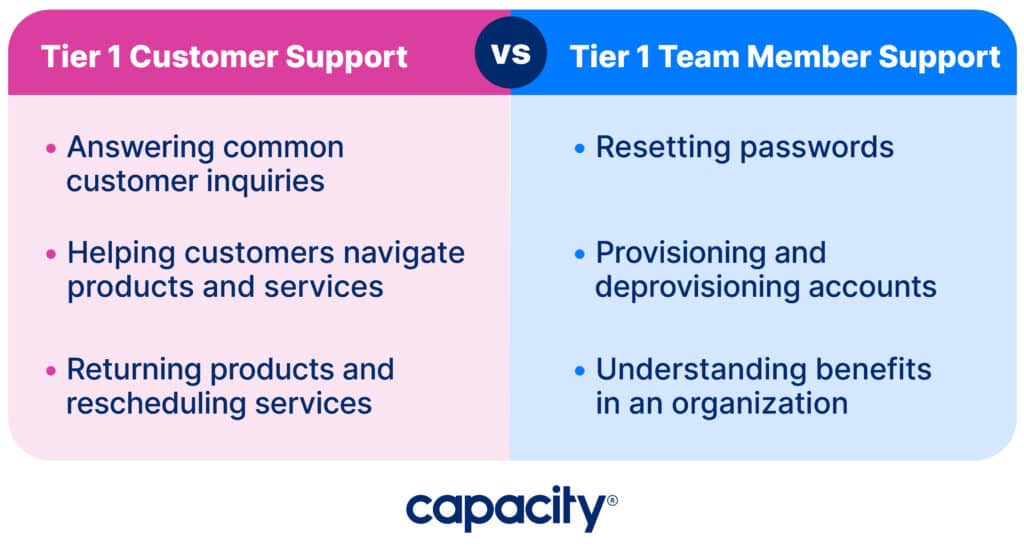
Tier 1 customer examples
Support agents answer an abundance of questions everyday. If you work in a customer support environment, these topics are no surprise:
1. Answering customer inquiries – Such as “What are your hours?” “Does this come in a medium?” “Where is your office located?”
2. Product navigation – Improving the customer experience by helping customers navigate products and services.
3. The “Re’s” – Returning (products and retail) and rescheduling (service industries)
Tier 1 team member examples
If you work in a desktop support environment, you can be guaranteed to see the following:
1. Resetting passwords – Because “password123” is not viable anymore.
2. Provisioning and deprovisioning accounts for software and hardware.
3. Understanding benefits in an organization – Ex. “How many days of vacation do I get?”
What’s the importance of automating tier 1 support?
Automating tier 1 support is important because it keeps your service desk from being bogged down. It can keep your costs down but also make sure that agents provide great answers when they speak with a customer.
Automation can also drastically improve customer satisfaction. Think about it – when you have a website that can’t answer your question, are you going to go back there? When it comes to customer support, it takes 12 positive experiences to make up for a single negative experience.
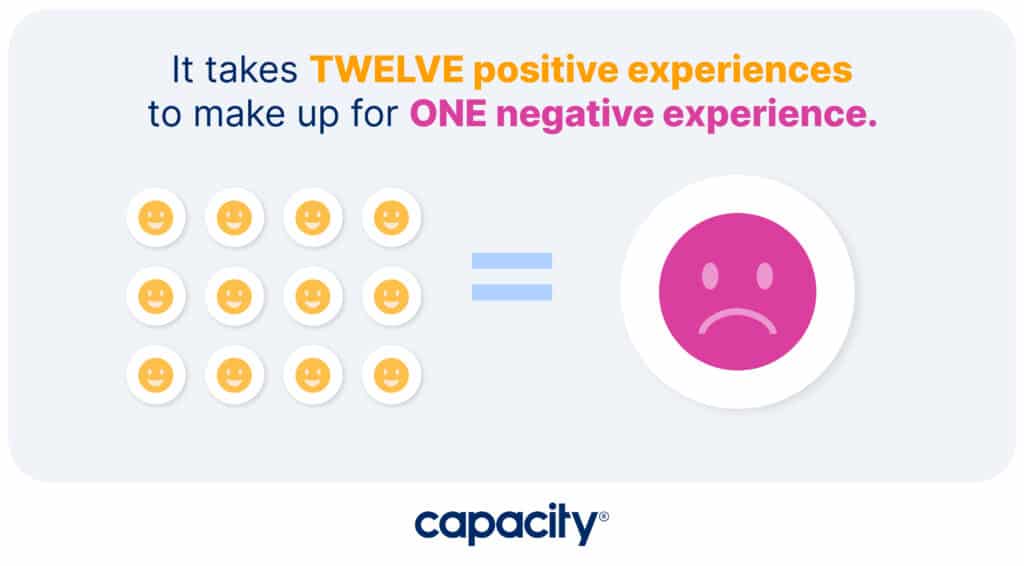
Providing the tools and resources for customers to find immediate, accurate answers helps team members and customers save time and money.
A recent Capacity study showed one-third of organizations spent more than $50,000 on all customer support channels, including tickets, live chats, phone calls, and emails. Automating support allows employees and customers to reap the benefits.
3 steps to automate tier 1 support
Automating tier 1 tech support can bring the queue down from hundreds of tickets and emails to only a handful. Follow these key steps to streamline tier 1 support:
1. Create a Knowledge Base of FAQs
Create a comprehensive knowledge base of frequently asked questions and answers to help your customers and team immediately find the information they need.
Tired of sifting through documents and databases trying to find one answer? When businesses utilize an AI-powered knowledge management system, they can simply ask a question and receive an answer within seconds. Using this alongside an automated ticketing system can transform your org.
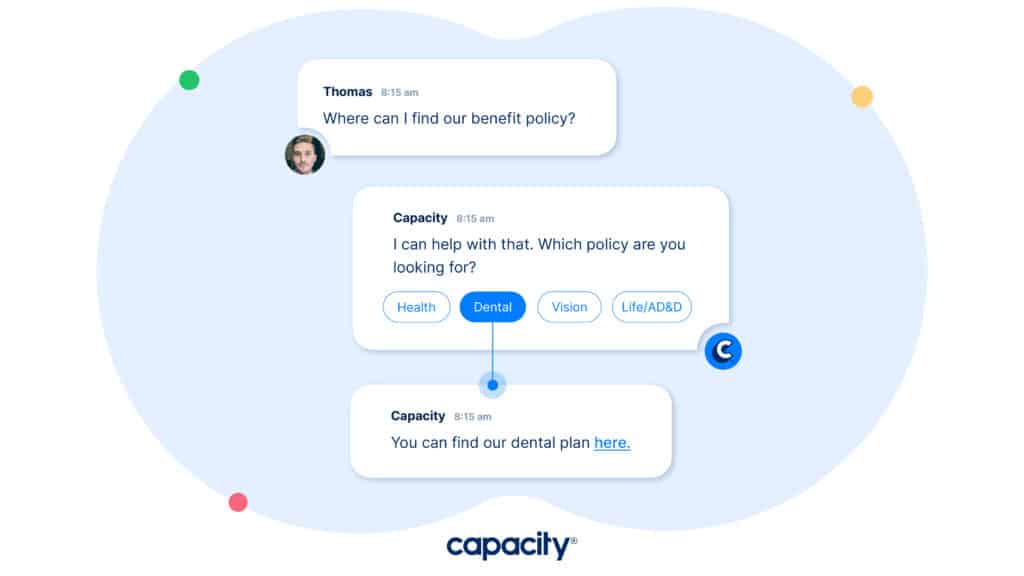
2. Develop Guided Conversations
No matter how good your FAQs are, some questions require a guided conversation to get to the bottom of it. Think of guided conversations as a path that branches out. Users get a personalized experience and agents don’t have to lift a finger. Talk about a win-win!
Guided conversations work in conjunction with knowledge base entries, creating a seamless way to automate tier 1 support for your team.
3. Use Chatbots Liberally
Chatbots help your customers and team shift left ie. move questions that would require tier 1 support to tier 0. The best chatbots use natural language processing to ensure that your team and customers get great results.
When chatbots use conversational AI technology, they can understand human language and acronyms – just like a human support agent. Harnessing the power of AI chatbots can free tier 1 support teams up to focus on more strategic work that requires heavy-level thinking.
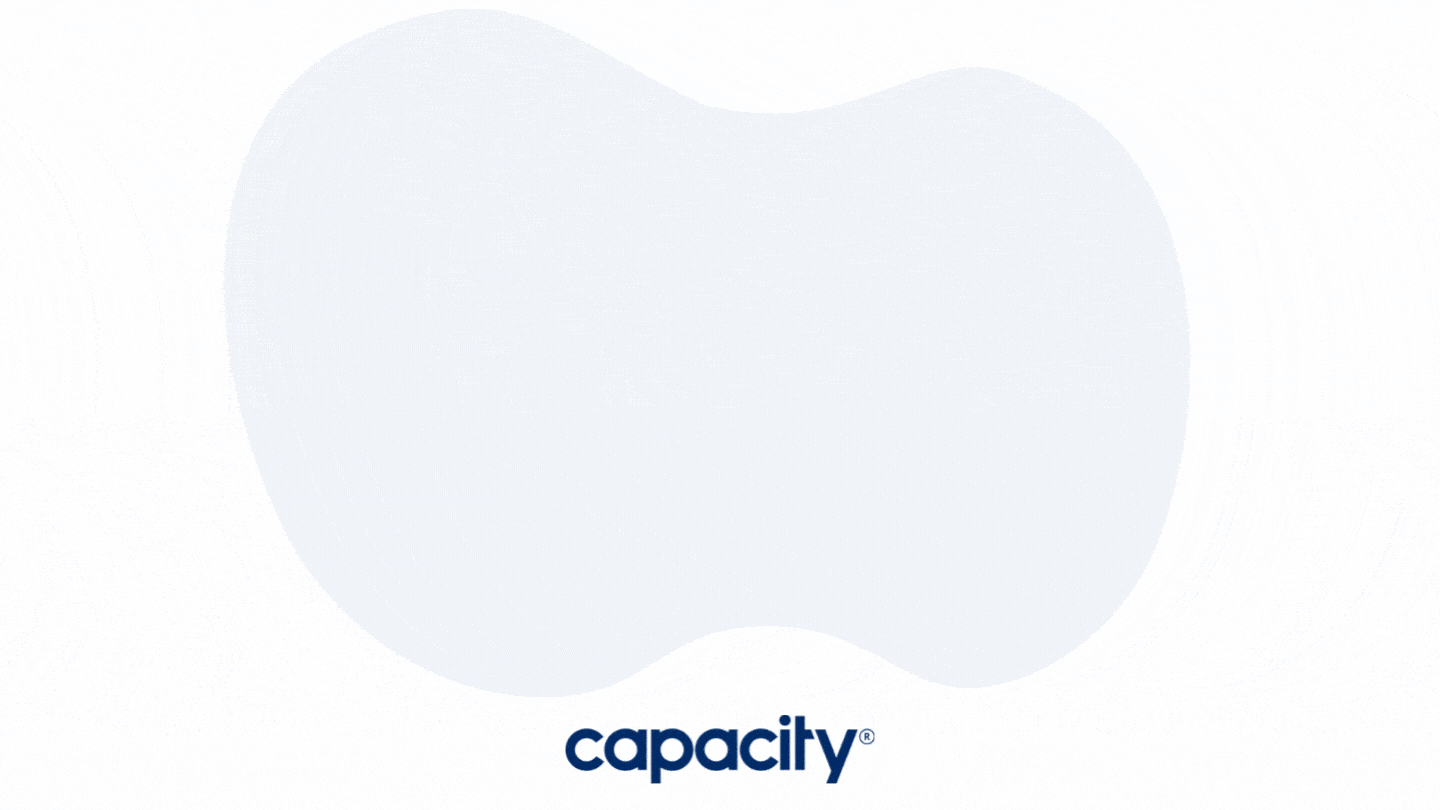
Why orgs choose Capacity to automate tier 1 support and beyond
Businesses of all shapes and sizes use Capacity to save their team valuable time. Capacity is the best choice for all tiers of support – Let’s break it down
Tier 0 Support – Capacity answers over 90% of questions automatically and prevents tickets from hitting the queue.
Tier 1 Support – Capacity’s Live Chat and Helpdesk work side by side to get tickets resolved.
Tier 2 Support – With service level agreements and dynamic assignment, Capacity can route questions to the appropriate next level of support.
Why choose Capacity over other alternatives?
Capacity stands out against its peers because it offers an all-in-one platform of highly integrated products. This means you can have an AI chatbot provide level 0 support while having a Helpdesk and Live Chat when needed. Capacity’s ability to provide tier 1 and 0 support 24/7 is unmatched.
Live Chat implementation has AI capabilities too – As an agent, you can get questions answered faster. The platform continues with event based Automations and backend Workflows to automate what happens behind the scenes. These pair well with the Developer Platform – which lets you connect Capacity to your most used apps, such as Microsoft Teams, Slack, or Salesforce.
We could go on and on about the various components – but at the end of the day, people choose Capacity to simplify complex processes and automate mundane tasks for their team.
Talk about information overload! If you want to learn more about Capacity, we have a short video intro so you can learn how Capacity works.
Ready to chat in depth? Connect with a member of our team to get started!





